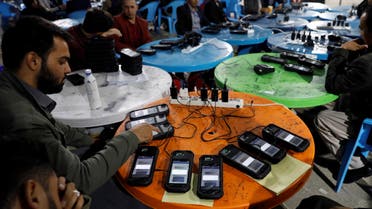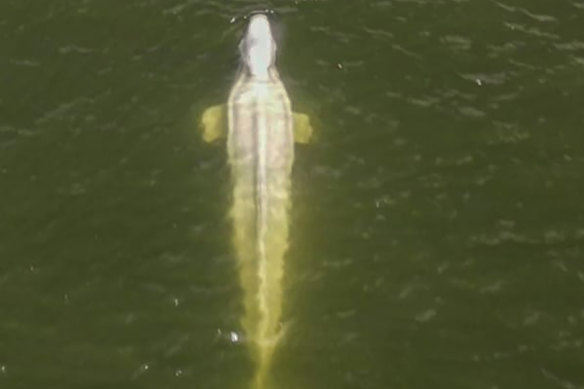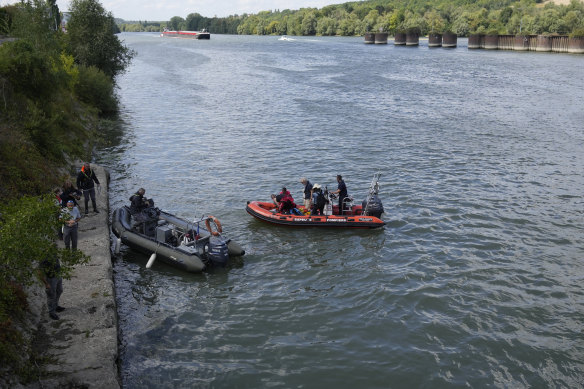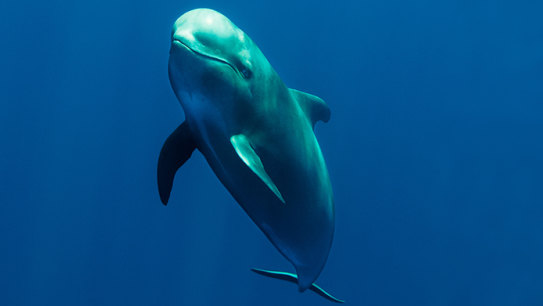By Thomas Maresca
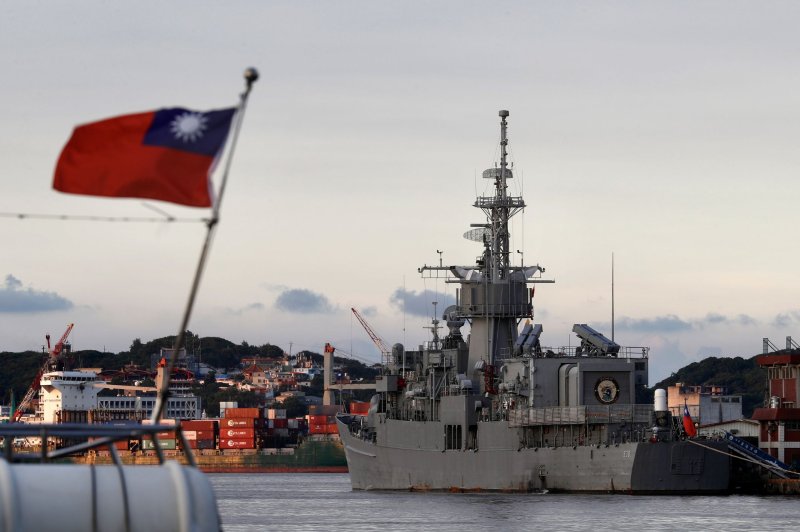
Taiwan Navy's Chi Yang-class frigate Ning Yang (FFG-938) is anchored at a harbor in Keelung city, Taiwan on Friday, China announced Monday it was kicking off a new round of military exercises near the island
SEOUL, Aug. 8 (UPI) -- China said on Monday that it carried out a new round of military drills around Taiwan, one day after concluding the large-scale live-fire exercises it launched in an angry response to a visit to Taipei by U.S. House Speaker Nancy Pelosi.
"The People's Liberation Army continued to conduct practical joint exercises in the sea and airspace around Taiwan island, focusing on organizing joint anti-submarine and sea assault operations," the military's Eastern Theater Command said in a brief statement.
China conducted its largest-ever drills around Taiwan from Thursday through Sunday, firing ballistic missiles over the island and crossing the median line of the Taiwan Strait with warplanes and ships in a show of force that disrupted shipping and air traffic in the busy region.
Taiwan's defense ministry called the exercises a "possible simulated attack" and on Sunday announced that it had detected 66 Chinese warplanes and 14 warships deployed in and around the Strait.
Beijing reacted furiously to Pelosi's visit to Taiwan last week after repeated warnings. Her arrival last Tuesday with a congressional delegation marked the first time a U.S. House speaker had traveled to the island since 1997.
China views the self-governing island of 23 million as a wayward province that it has vowed to seize by force, if necessary.
In addition to the military exercises, China responded with "countermeasures" against the United States that include suspending regular military communications channels and climate talks with Washington as well as slapping sanctions on Pelosi and her immediate family, Beijing's foreign ministry announced last week.
RELATEDTaiwan says China simulated attack with multiple aircraft, naval vessels
Taiwan's military said Monday during a briefing that China also launched a "cognitive warfare offensive" ahead of and during the military exercises, using disinformation and cyberattacks in an effort to "disturb the morale of the military and civilians," according to Taipei's official Central News Agency.
False online rumors included reports of a missile attack at Taiwan's Taoyuan Airport and the incursion of a Chinese warship just miles from a major power plant, the ministry said.
The military said earlier that it responded "accordingly" to the exercises by deploying naval vessels and aircraft and activating surveillance and missile systems.
Taiwan is also preparing live-fire artillery drills on Tuesday and Thursday in southern Pingtung County, CNA reported. The drills will reportedly include snipers, combat vehicles, armored vehicles, mortars and attack helicopters.
The United States, Japan and Australia on Friday issued a joint statement calling for China to "immediately cease" the military exercises and condemning its launch of ballistic missiles.
Japan's defense ministry said earlier that five of the Chinese missiles launched over and near Taiwan fell within its exclusive economic zone, an area that extends up to 200 nautical miles from the coast.
U.S. President Joe Biden has not commented on China's response to the Pelosi visit, but White House press secretary Karine Jean-Pierre called the drills "fundamentally irresponsible."
"There is no need, and there's no reason for this escalation," she said during a press briefing Friday.
The military provocations by Beijing have also served to further sour Taiwanese public opinion against China, according to Taipei's Mainland Affairs Council, which is responsible for cross-strait policy.
"Taiwan's mainstream public opinion firmly opposes the Chinese Communist Party's threat of force," the agency said in a statement Sunday, pointing to its own polls that show 90% of respondents are against the military drills as well as Beijing's ongoing efforts to isolate Taipei diplomatically.

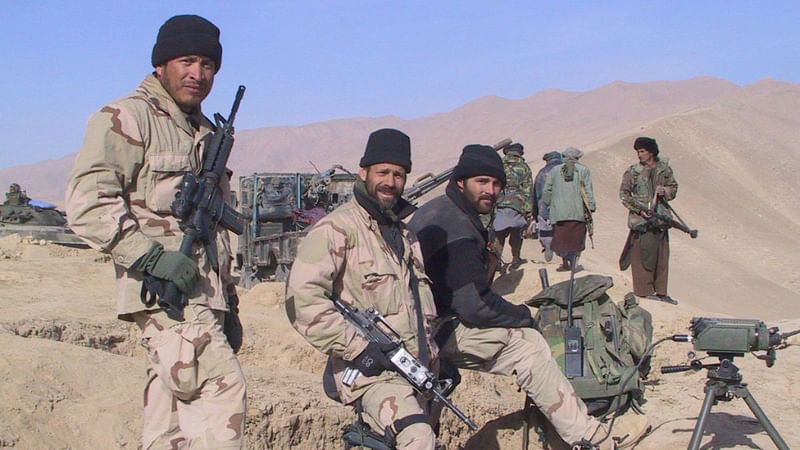 US Special Forces and NATO troops in Afghanistan | Representational image | Commons
US Special Forces and NATO troops in Afghanistan | Representational image | Commons

